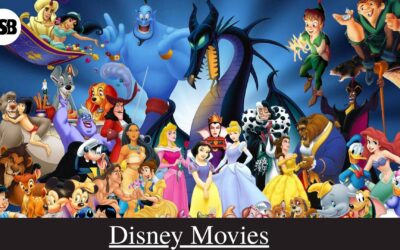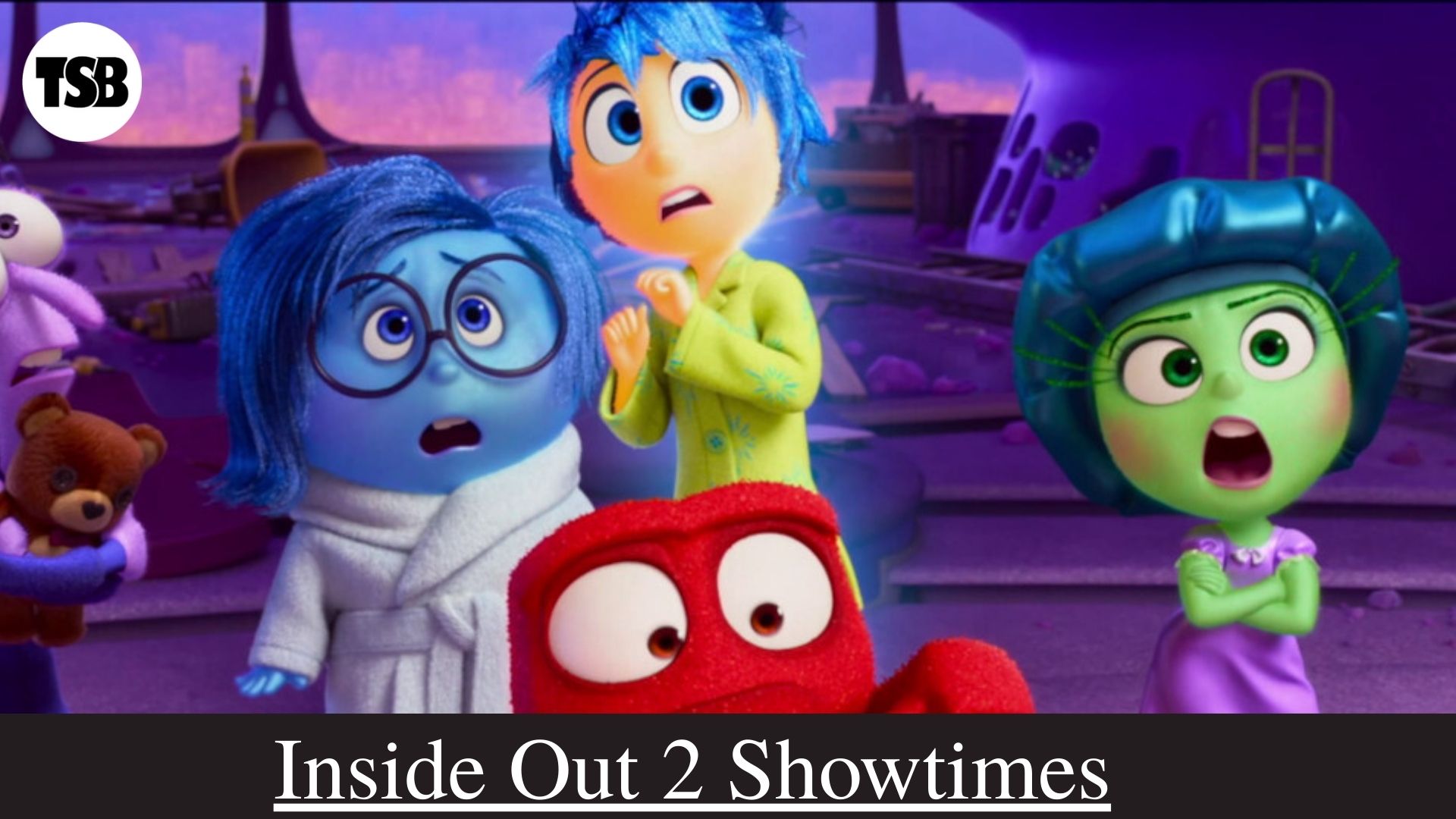Disney Movies: A Complete Guide to Their History, Evolution, and Cultural Impact
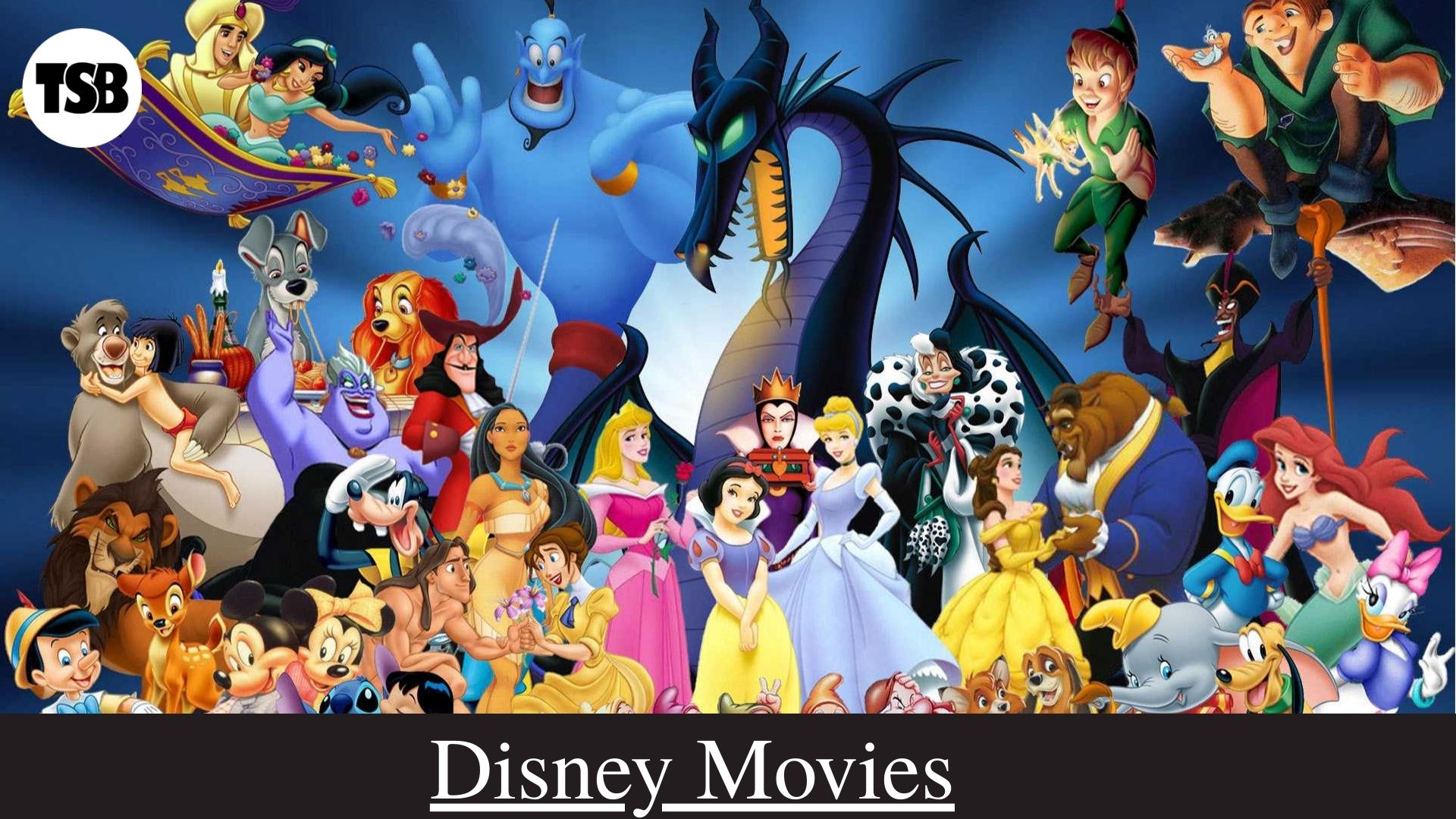
Introduction
Disney movies have been a cornerstone of family entertainment for nearly a century, captivating audiences with their timeless stories, memorable characters, and groundbreaking animation. From the pioneering days of Walt Disney himself to the modern era of blockbuster franchises, Disney’s cinematic journey reflects a rich tapestry of innovation, creativity, and cultural impact.
In this comprehensive article, we delve into the fascinating history of Disney films, exploring their origins, evolution, and the magic that continues to enchant viewers of all ages. Whether you’re a lifelong fan or new to the Disney universe, join us as we uncover the stories behind the movies that have defined generations.
Walt Disney: The Visionary Behind the Magic
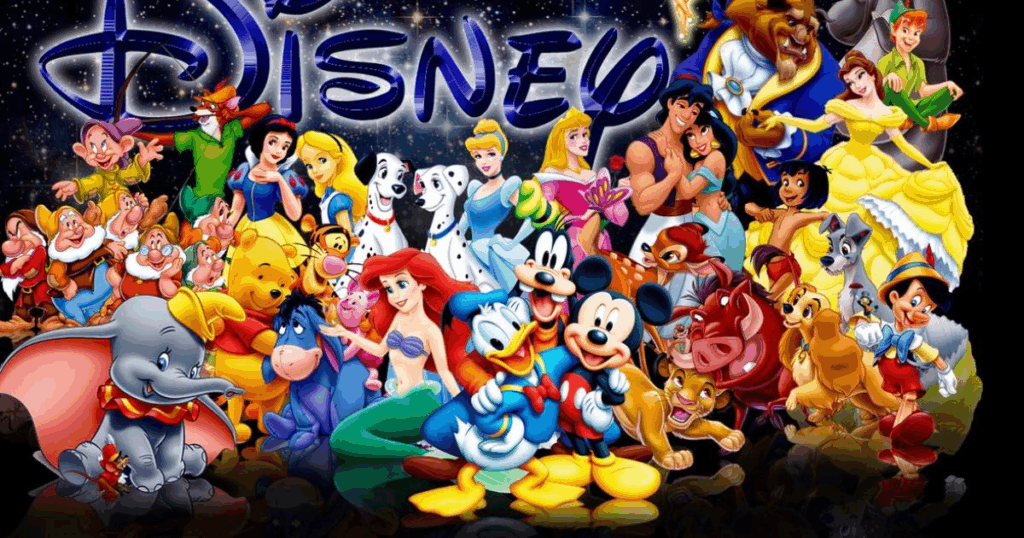
Walter Elias Disney, born on December 5, 1901, in Chicago, Illinois, was a visionary entrepreneur, animator, and film producer. His passion for storytelling and innovation laid the foundation for what would become one of the most influential entertainment companies in the world. Disney’s early ventures into animation led to the creation of iconic characters like Mickey Mouse and the establishment of Walt Disney Studios. His commitment to pushing the boundaries of animation culminated in the release of Snow White and the Seven Dwarfs in 1937, the first full-length animated feature film, which set a new standard for the industry.
The Evolution of Disney Films
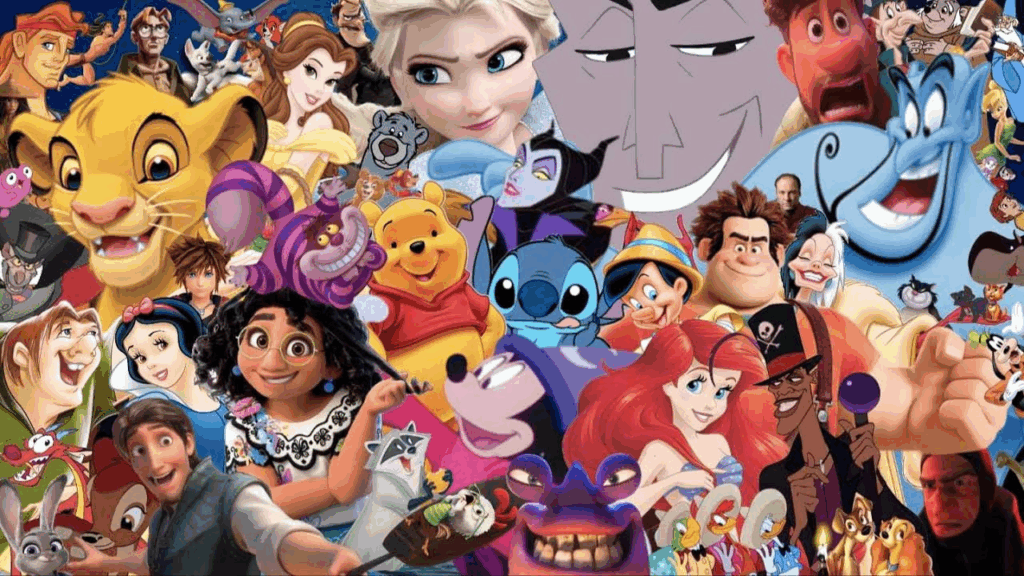
The Golden Age (1937–1942)
The release of Snow White and the Seven Dwarfs marked the beginning of Disney’s Golden Age, a period characterized by groundbreaking animation and storytelling. This era produced classics such as Pinocchio (1940), Fantasia (1940), Dumbo (1941), and Bambi (1942), each showcasing Disney’s commitment to artistic excellence and innovation.
The Wartime Era and Package Films (1943–1949)
During World War II, Disney Studios faced financial constraints and a reduced workforce, leading to the production of package films—compilations of shorter segments. Notable films from this era include Saludos Amigos (1942), The Three Caballeros (1944), and Make Mine Music (1946).
The Silver Age (1950–1967)
The Silver Age saw a resurgence of full-length animated features, beginning with Cinderella (1950). This period introduced beloved films like Alice in Wonderland (1951), Peter Pan (1953), Lady and the Tramp (1955), Sleeping Beauty (1959), and The Jungle Book (1967), the last film Walt Disney personally oversaw before his death.
The Bronze Age (1970–1988)
Following Walt Disney’s passing, the studio entered the Bronze Age, marked by experimentation and a shift in storytelling. Films such as The Aristocats (1970), Robin Hood (1973), The Rescuers (1977), and The Fox and the Hound (1981) were released during this time, reflecting changes in animation techniques and narrative styles.
The Disney Renaissance (1989–1999)
The late 1980s and 1990s heralded the Disney Renaissance, a period of critical and commercial success. This era produced iconic films like The Little Mermaid (1989), Beauty and the Beast (1991), Aladdin (1992), The Lion King (1994), Pocahontas (1995), Mulan (1998), and Tarzan (1999), revitalizing Disney’s reputation in animation.
The Post-Renaissance and Revival (2000–Present)
The early 2000s saw Disney experimenting with different animation styles and storytelling approaches, leading to films like The Emperor’s New Groove (2000), Lilo & Stitch (2002), and Treasure Planet (2002). The acquisition of Pixar in 2006 and the release of The Princess and the Frog (2009) marked the beginning of the Revival era, with hits like Tangled (2010), Frozen (2013), Moana (2016), and Encanto (2021) reaffirming Disney’s dominance in animation.
Disney’s Live-Action Adaptations
In recent years, Disney has revisited its animated classics through live-action adaptations, blending nostalgia with modern filmmaking techniques. Notable remakes include Cinderella (2015), The Jungle Book (2016), Beauty and the Beast (2017), Aladdin (2019), and The Lion King (2019). These films have introduced timeless stories to new audiences while offering fresh perspectives on beloved characters.
The Impact of Disney Films on Culture and Society
Disney movies have left an indelible mark on global culture, influencing generations with their themes of hope, perseverance, and the triumph of good over evil. Characters like Mickey Mouse, Cinderella, Simba, and Elsa have become cultural icons, representing the enduring appeal of Disney’s storytelling. The studio’s commitment to innovation has also advanced the art of animation, setting industry standards and inspiring countless artists and filmmakers.
Frequently Asked Questions (FAQs)
Q: What was the first Disney animated feature film?
A: Snow White and the Seven Dwarfs (1937) was Disney’s first full-length animated feature and the first of its kind in cinematic history.
Q: How many animated feature films has Disney produced?
A: As of 2024, Walt Disney Animation Studios has produced 62 animated feature films, starting with Snow White and the Seven Dwarfs and most recently Wish (2023).
Q: What are some of Disney’s most successful films?
A: Some of Disney’s highest-grossing and critically acclaimed films include The Lion King (1994), Frozen (2013), Beauty and the Beast (1991), and Aladdin (1992).
Q: Where can I watch Disney movies?
A: Disney movies are available on various platforms, including Disney+, the company’s streaming service, as well as on Blu-ray, DVD, and digital rental services.
Conclusion
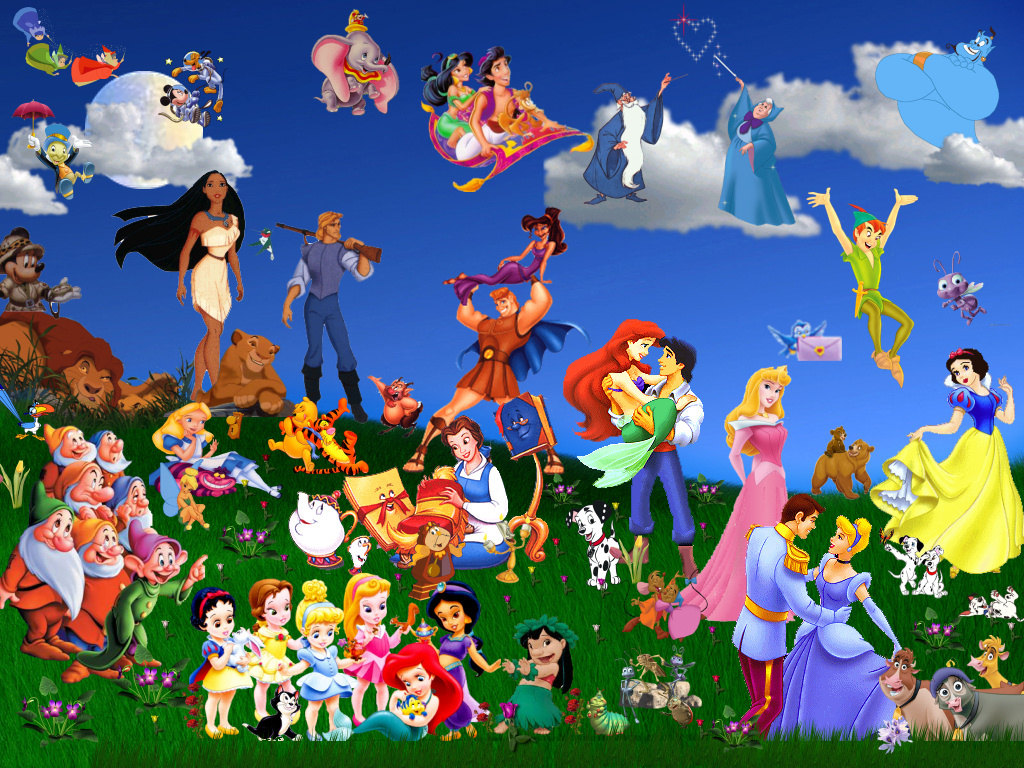
Disney movies have transcended generations, offering stories that resonate with audiences young and old. From the pioneering animations of the early 20th century to the technologically advanced films of today, Disney’s commitment to storytelling excellence remains unwavering. As the studio continues to innovate and reimagine its vast catalog, the magic of Disney films endures, inspiring wonder and joy in viewers around the world.

